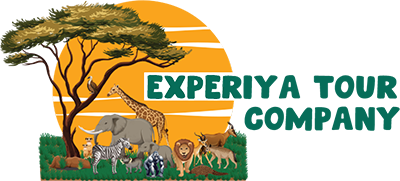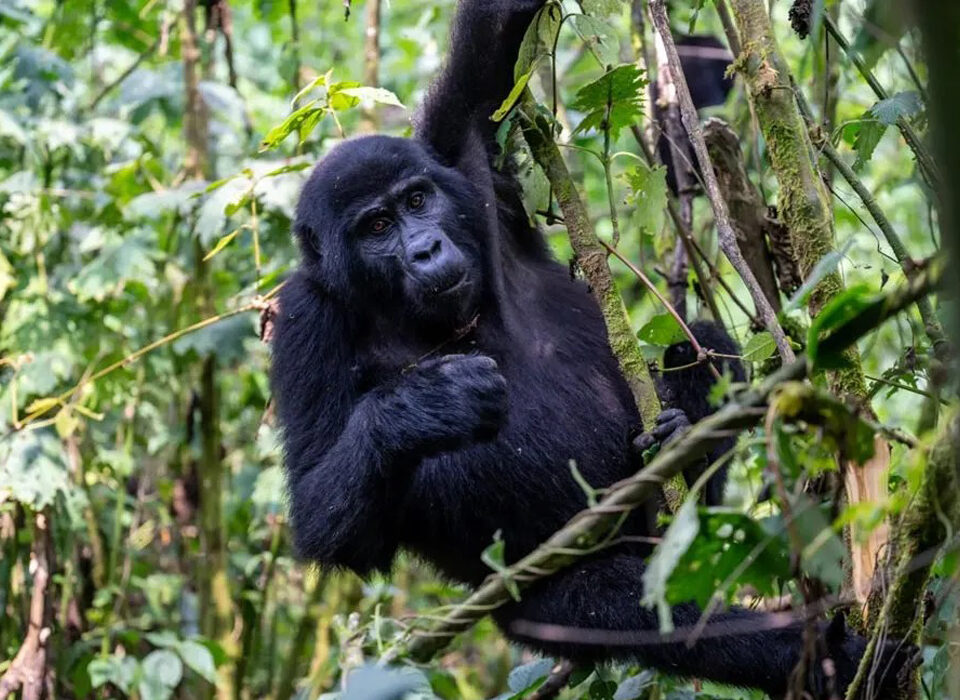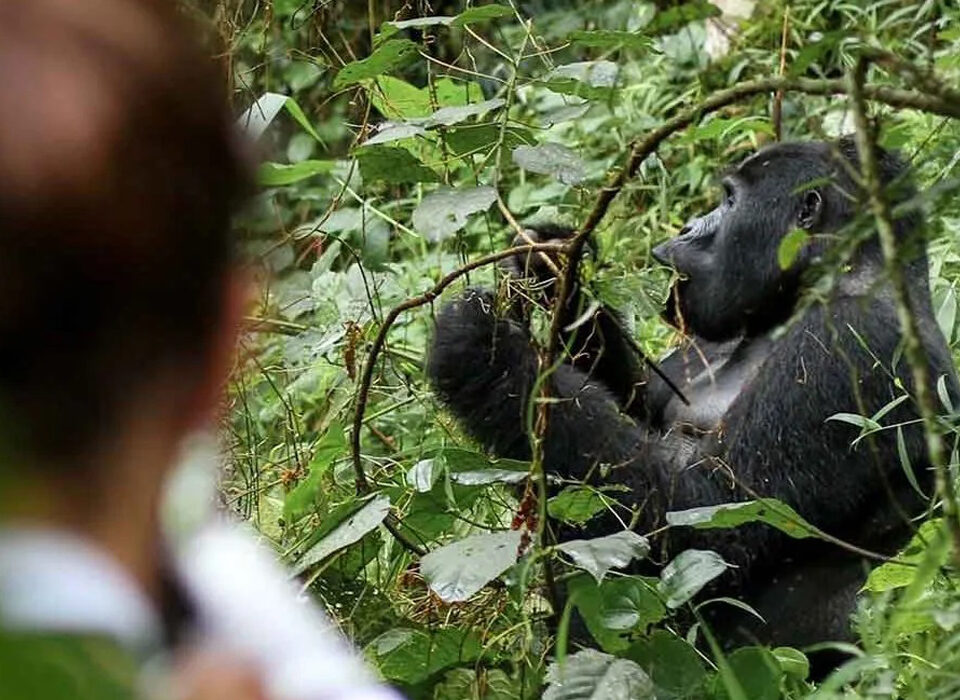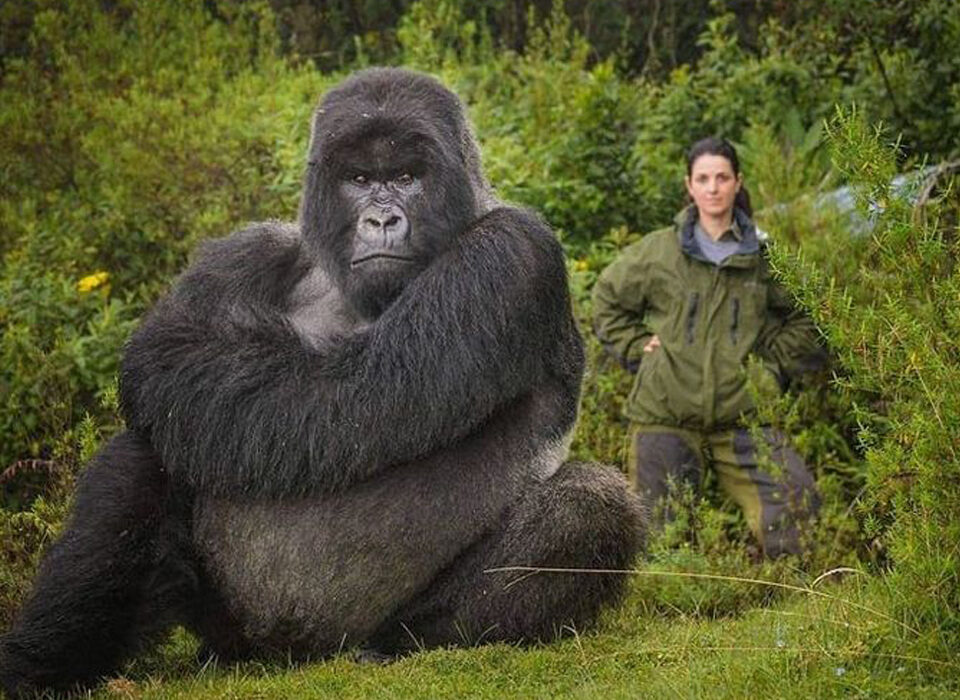- GET IN TOUCH WITH US:
- +256 753518160
- +256 777842166
- info@experiyatourcompany.com

Gorilla Habituation Experience in Rushaga Sector
September 29, 2025
Top Activities and Attractions in Lake Mburo National Park
September 29, 2025Reasons Why You Should Visit Mgahinga National Park in Uganda
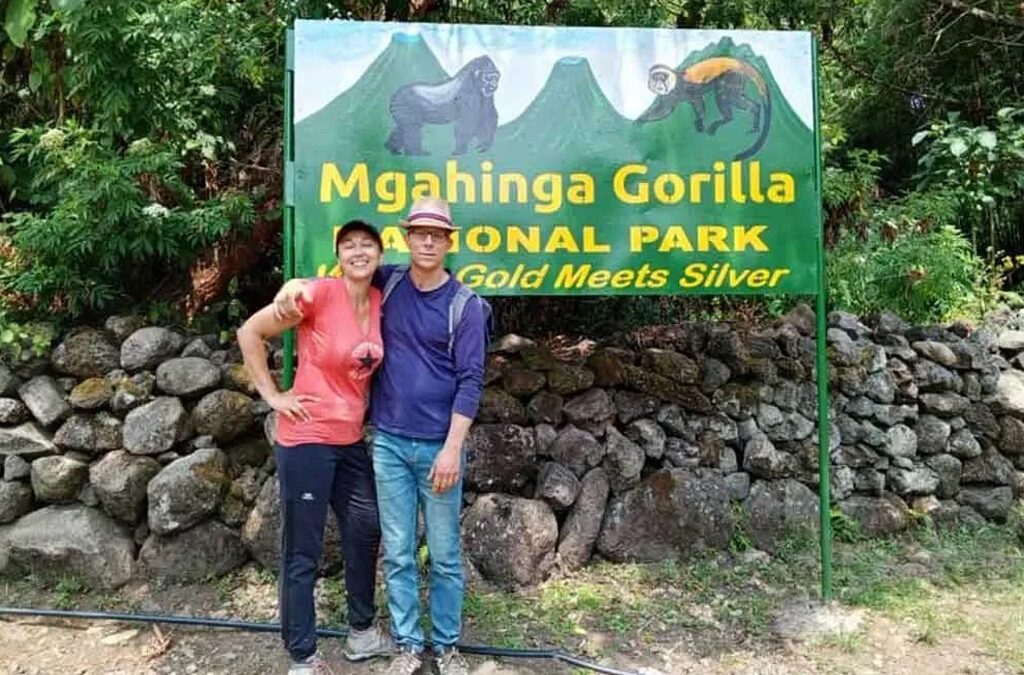
Mgahinga National Park, the smallest among Uganda’s ten national parks, covers just 33.7 square kilometers of land. Despite its size, it holds immense natural and cultural treasures. The park is one of the few places on earth where you can meet endangered mountain gorillas. Currently, only one gorilla family, known as Nyakagezi, is habituated for tourism, making every encounter in this park a rare and intimate experience.
The park lies on the northern slopes of three striking volcanoes: Mount Gahinga, Mount Muhavura, and Mount Sabyinyo. These dramatic peaks form a breathtaking backdrop to the lush forests and rolling landscapes. Although small, Mgahinga is a designated biosphere reserve, offering unique scenery and rewarding hikes, including full-day summits that take about eight hours to complete.
Like much of southwestern Uganda, Mgahinga experiences two distinct seasons. March to May and November are generally wet, while the dry season runs from June to September and December to January. Each season brings its own charm, from mist-covered peaks to clear skies perfect for trekking.
Gorilla Trekking in Mgahinga National Park
The highlight of any visit to Mgahinga is gorilla trekking. The Nyakagezi family, once known for crossing into Rwanda, now spends most of its time in Uganda, allowing visitors to enjoy consistent trekking opportunities. Only eight tourists are allowed to trek per day, ensuring an intimate and conservation-friendly experience. A gorilla trekking permit currently costs $800 for foreign non-residents, $700 for foreign residents, and 300,000 Ugandan shillings for East African citizens.
Permits include park entry fees, ranger guidance, community contributions, and conservation support. However, they exclude transport, accommodation, tips, and personal items. Because only a few permits are available daily, booking well in advance is essential. To secure one, you must provide your passport details and preferred trekking dates, as allocation works on a first-come, first-served basis.
Golden Monkey Trekking
Mgahinga is also home to the rare and endangered golden monkeys. With their striking golden-orange fur, these playful primates live in large troops that can number up to 100 individuals. Trekking golden monkeys is a lively and exciting adventure, as they are incredibly active and entertaining to watch. Like gorilla trekking, you need a permit to take part in this activity.
Bird Watching
Although less visited than other birding destinations in Uganda, Mgahinga National Park shelters more than 115 bird species, including several Albertine Rift endemics. The Gorge Trail, which winds halfway up Mount Sabyinyo, is particularly rewarding. Birders often spot species such as the Malachite Sunbird, Rwenzori Turaco, Handsome Francolin, White-tailed Blue Flycatcher, and Alpine Chat. As research continues, ornithologists believe more bird species will be discovered in the park.
Mountain Climbing
For adventurers, Mgahinga offers mountaineering on its three iconic volcanoes. A climb up Mount Sabyinyo rewards hikers with a dramatic 360-degree view of Uganda, Rwanda, and the Democratic Republic of Congo. Mount Muhavura presents vistas of the Virunga volcanoes, Lake Edward, and even the distant Rwenzori Mountains, while Mount Gahinga leads through dense bamboo forests to a scenic swamp-filled crater at its summit. Each climb takes roughly eight hours for a round trip.
Nature Walks
Nature walks in Mgahinga are equally rewarding. The forest shelters primates such as red-tailed monkeys, olive baboons, black-and-white colobus, and grey-cheeked mangabeys. With the guidance of a ranger, you may also encounter colorful butterflies, towering trees, and diverse birdlife. Since the forest is home to unhabituated wildlife, ranger escorts are mandatory to ensure safety.
The Batwa Trail and Garama Cave
For cultural enthusiasts, the Batwa Trail offers a profound experience. The Batwa pygmies, who once lived in these forests as hunters and gatherers, now share their heritage through guided walks. On this trail, they demonstrate how they survived in the wild, from hunting techniques to medicinal plant use.
The journey also includes a visit to Garama Cave, located just three kilometers from the park headquarters at Ntebeko. Once a meeting place and hideout for Batwa warriors, the cave now serves as a stage for traditional Batwa performances, creating a powerful and immersive cultural encounter.
Vegetation and Landscapes
The park’s vegetation reflects its mountainous terrain. Lower slopes are gradually regenerating from past human activity, while higher zones feature montane woodlands, bamboo forests, and ericaceous vegetation crowned with giant tree heathers. This diverse plant life provides unique habitats for the park’s wildlife and adds to the charm of hiking and trekking experiences.
Getting to Mgahinga National Park
Reaching Mgahinga is possible by road or air. By road, the journey from Kampala or Entebbe to Kabale covers about 414 kilometers, followed by another 80 kilometers of winding roads to Kisoro. From Kisoro town, it is a short 14-kilometer drive to the park headquarters at Ntebeko.
By air, daily domestic flights operate from Entebbe or Kajjansi to Kisoro Airstrip, depending on demand. Charter flights are also available. Upon arrival, you can arrange transfers to the park or your chosen accommodation.
Where to Stay
Accommodation options inside Mgahinga are limited, but Kisoro town, just outside the park, offers a wide range of facilities. Options include luxury lodges such as Gahinga Lodge, as well as budget-friendly stays like Kisoro Tourist Hotel, Mgahinga Gorilla Triangle, and community-based camps.
Cost of a Safari to Mgahinga National Park
The cost of a safari depends on several factors, including the number of travelers, activities chosen, season of travel, and length of stay. Gorilla and golden monkey permits are fixed costs, but the overall price can be reduced when traveling in groups, as expenses such as transport are shared. Peak seasons, typically June to September and December to February, often have higher rates, while low seasons may offer discounts.
Trekking Duration
The time it takes to find gorillas or golden monkeys varies. Treks may last as little as two hours or extend much longer, depending on factors such as weather, terrain, group pace, or the movement of animals in search of food. Gorilla families sometimes relocate after fights or when food becomes scarce, which can also extend trekking time.
Safety in Mgahinga National Park
Mgahinga is safe for all activities, including gorilla trekking, golden monkey trekking, and cultural tours. Rangers and wardens work closely with security agencies from Uganda and neighboring Rwanda to ensure visitor safety. Visitors are advised not to enter the forest without an escort, to stay with their group, and to carry suitable trekking gear. Hiring a porter not only eases your trek but also directly supports local communities.
Dos and Don’ts in Mgahinga
To ensure conservation and visitor safety, certain rules apply. Do not spit on vegetation, feed wild animals, or dump garbage in the park. Always wear a clean mask when near gorillas, as they are susceptible to human diseases. Keep your voice low to avoid disturbing wildlife, and remember that gorilla viewing is limited to one hour. Only individuals aged 15 years and above are permitted to trek, and provoking wildlife is strictly forbidden.
